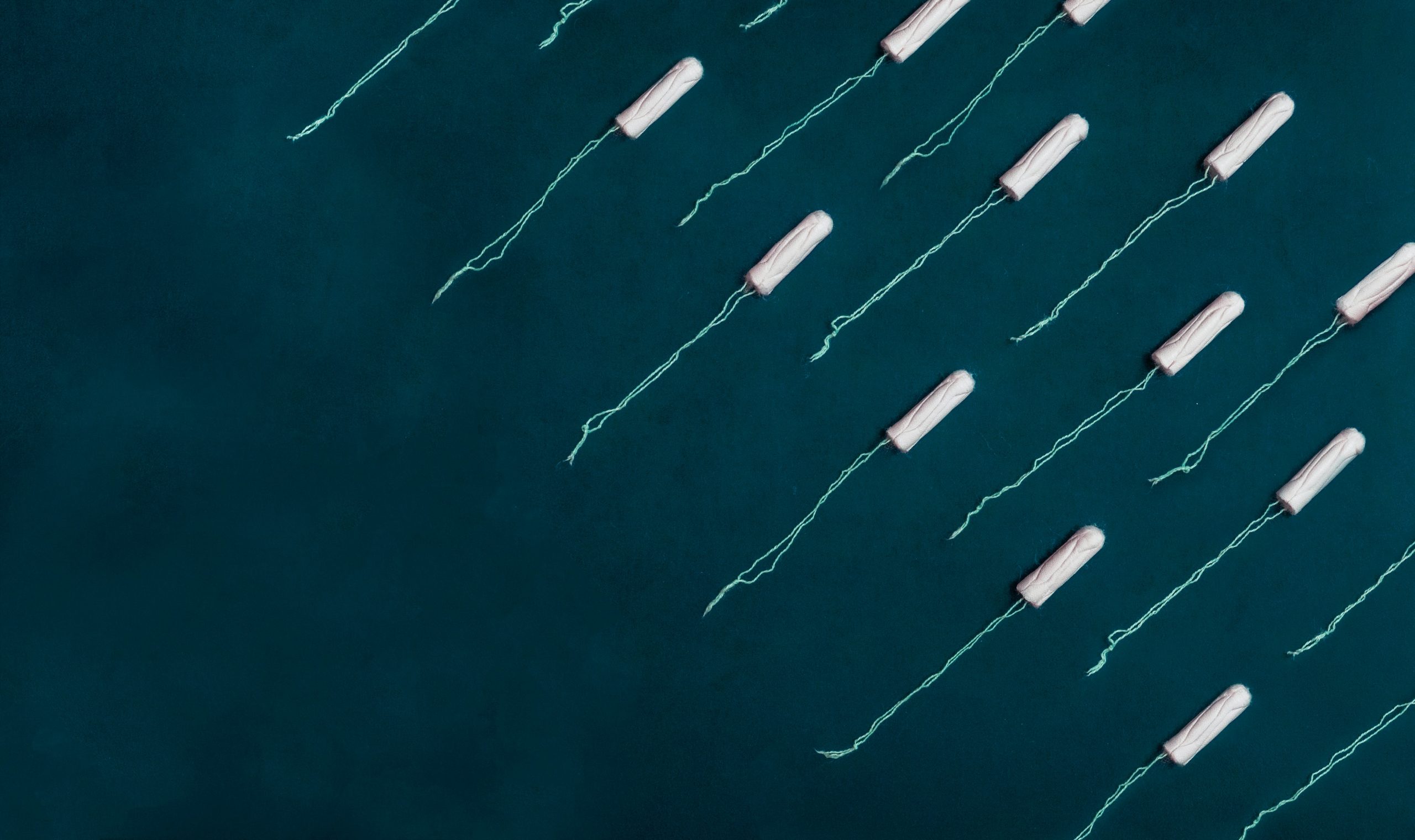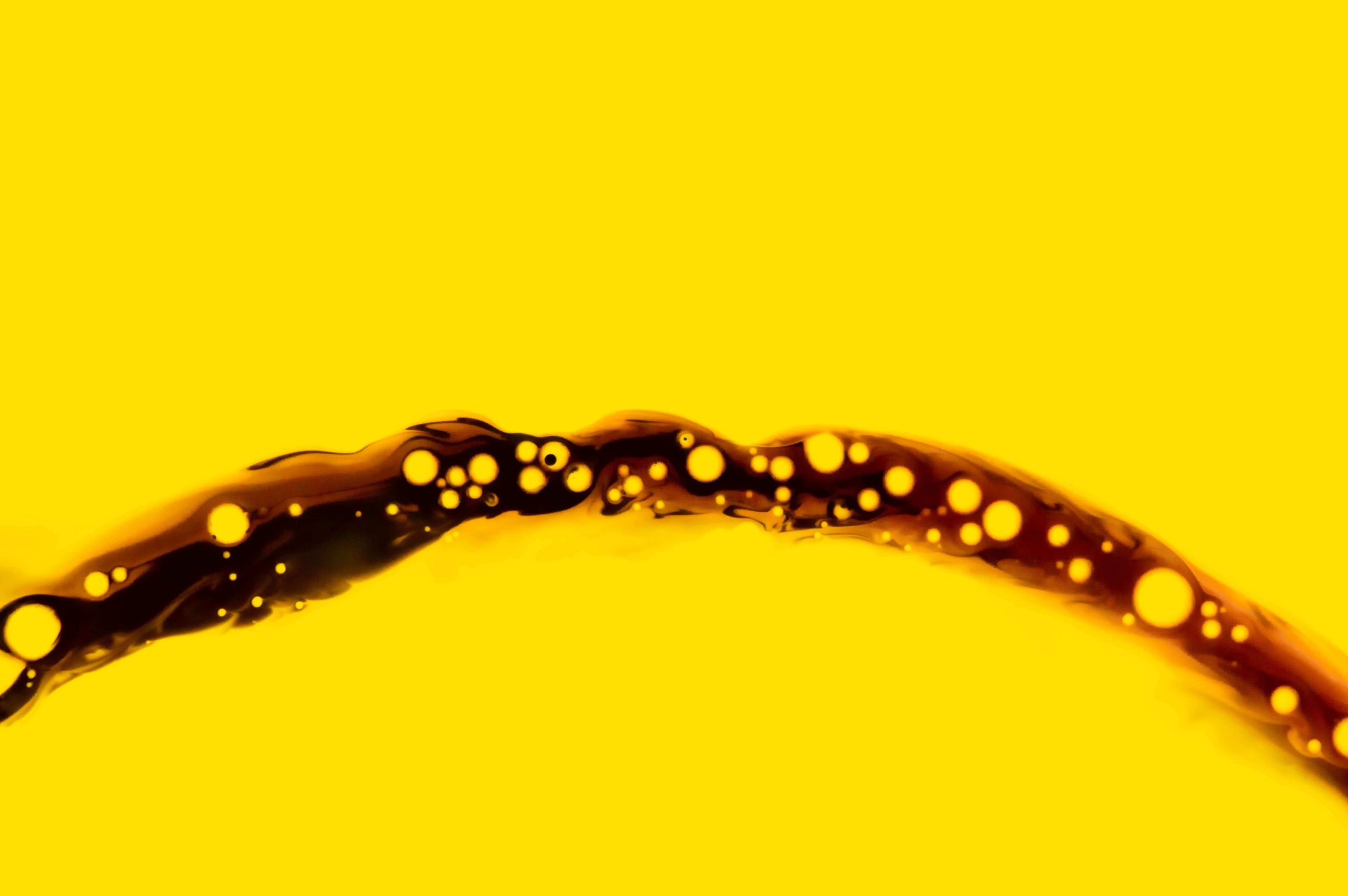
Vaginal Tenting : It's why penetration feels so good, baby!

Stacey Ramsower
Full-Spectrum Doula
Love to be penetrated? You have your vagina’s ability to tent to thank for that. Sexual arousal initiates an increase in blood flow to the genitals and subsequent swelling. And while a penis can salute fairly quickly, and a vagina can feel wet in a short time too, the pleasure of penetration really depends on an unseen event called, you guessed it… vaginal tenting!
What is it?
Pitch it! The term “tenting” refers to the vagina’s incredible capacity for shapeshifting. If you have a vagina or have penetrated one, at some point you’ve probably bumped up against something– that thing being the cervix, the entry point to the uterus. You’ve likely also felt like the vagina was Mary Poppins’ carpet bag, seemingly never-ending space. #vadgemagic.
Here's How it Works
During arousal, the clitoris and surrounding tissue engorge, just like the penis. This signals internal muscular contractions of the stimulated vagina which cause the cervix and uterus to pull up and back, creating a space that wasn’t previously there. This space is what allows the vagina to receive – whether that be a finger, a fist, a penis, or a toy – and be stimulated internally. Without tenting, sex would feel like bumper cars rather than a smooth ride. The amount of movement is entirely unique to the individual, but the common denominator for every tenting event is AROUSAL.

How To Pitch Your Tent?
It’s all about AROUSAL. And vaginal arousal comes in many forms and from many players.
Anatomically speaking, there’s Clitoris, and her long, beautiful legs aka the Vestibular Bulbs and then there’s our swellers Urethral Sponge and Perineal Sponge. They all live on the outside. And they can be stimulated for pleasure! All of the tissues surrounding the vaginal opening, a.k.a. the introitus (vaginal vocab quiz later) swell and create a sexy, puffy place for the partner to enter. This includes a ring of tissue around the urethra called a sponge, and all of this swelling enhances sensitivity and therefore stimulation.
There’s also the emotional component. Each body is different, and while there are some anatomical likelihoods, emotions, memories, and injuries can change everything. Each of us responds to touch a little differently based on biological AND emotional factors. Your sexual response may not even require much touch at all! But the willingness of your body to open can be impacted by emotional state because of how your nervous system works. If you feel anxious, which your nervous system registers through breath primarily, not thoughts, your blood is going to pull away from your genitals because, basically your body thinks you must be anxious because there’s a bear stalking you and why would you need to feel sexy if there’s a bear stalking you? So keep that in mind, take a deep breath, and be nice to yourself. If you don’t feel safe or seen, your body might not be responding in order to let you know that you need something different.
Cause here’s the thing. If there hasn’t been adequate stimulation – which often includes, or is preceded by the feeling of excitement and trust, the vaginal tissue won’t engorge (no boner) there will be no tenting (feels like bumper cars inside) and likely no orgasm (womp womp.)
I've Heard Your Vag Stretches out Post-Birth. Does this mean I don't have to tent?
You still tent. While the vagina certainly stretches to allow the babe to pass through, the vagina is not a tube that’s diameter gets permanently larger. The vaginal walls actually touch each other! And for the record, a “tight pussy” has nothing to do with natural tension or youth and everything to do with engorgement! In other words, if you’re not turned on, it’s not gonna feel good for anybody, so speak up! Ask for what you want, and if you’re not sure, spend some time with your lovely bits and play around.
All content found on this Website, including: text, images, audio, or other formats, was created for informational purposes only. The Content is not intended to be a substitute for professional medical advice, diagnosis, or treatment. Always seek the advice of your physician or other qualified health provider with any questions you may have regarding a medical condition




